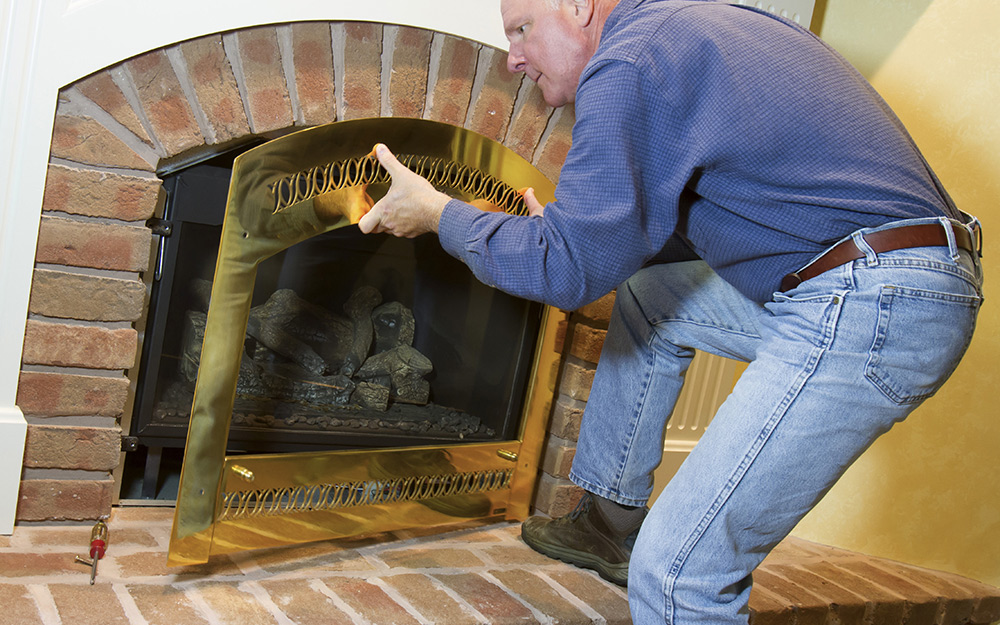DIY Chimney Sweep San Jose: Step-by-Step Instructions for Success
DIY Chimney Sweep San Jose: Step-by-Step Instructions for Success
Blog Article
The Ultimate Chimney Cleaning Checklist for Homeowners
Making certain the safety and security and performance of your smokeshaft is a vital duty for property owners that count on their fireplace or wood cooktop for warmth during the colder months. A properly maintained chimney not just enhances the general performance of your home heating system but likewise minimizes the risk of possible threats such as fires and carbon monoxide gas leaks. With an extensive list in hand, property owners can methodically deal with vital maintenance tasks that are essential for a clean and risk-free chimney. From inspecting the chimney structure to eliminating creosote buildup, each step plays a crucial role in safeguarding your home and liked ones.
Smokeshaft Assessment and Analysis
The interior of the chimney should be checked for any blockages, such as bird nests or excess residue, which can present a fire risk. Examining the flue for creosote buildup is essential as this highly combustible material can spark and trigger a chimney fire.

Outside Maintenance and Repairs
Checking the exterior of the chimney for any kind of structural problems, such as fractures, loosened bricks, or indicators of water damages, is essential in making sure the total safety and longevity of the chimney. On a regular basis inspecting for any splits in the mortar or bricks can aid stop water from seeping in and triggering damages to the chimney framework. Dealing with these outside maintenance concerns in a timely fashion can prolong the life of your smokeshaft and prevent expensive repairs down the line.
Cleaning Up the Smokeshaft Flue and Damper
To make certain correct operating and safety and security of your smokeshaft, normal cleansing of the smokeshaft flue and damper is necessary. Make certain that the damper opens up and shuts smoothly, as an appropriately working damper helps regulate airflow and prevents drafts when the smokeshaft is not in usage. Routine maintenance of the chimney flue and damper not only improves the performance of your smokeshaft however also reduces the risk of smokeshaft fires and carbon monoxide build-up in your home.
Eliminating Creosote Accumulation Safely
Just how can house owners safely get rid of creosote buildup from look at here now their smokeshaft to maintain its optimum functioning and safety? Creosote, a by-product of burning timber, can accumulate in smokeshafts over time, positioning a fire threat if not correctly taken care of.
There are various approaches to remove creosote, depending upon the buildup's intensity. For light creosote build-up, using a smokeshaft brush or a homemade creosote remover made from equivalent parts water and vinegar can be efficient (Chimney Sweep San Jose). For thicker down payments, professional chimney cleansing solutions may be needed
It's crucial to his response use safety equipment such as gloves, goggles, and a mask when managing creosote to avoid skin irritation or inhalation. In addition, correct ventilation while cleaning up the smokeshaft is vital to stay clear of breathing in damaging fumes. Normal smokeshaft inspections and cleanings can assist protect against creosote buildup, making sure the safety and security and performance of your smokeshaft.
Fire Safety Precautions for Chimney Owners
Guaranteeing appropriate fire security preventative measures are in location read review is vital for smokeshaft proprietors to stop possible dangers and preserve a protected home setting. Normal smokeshaft examinations by qualified specialists are critical to recognize any kind of obstructions, creosote accumulation, or structural issues that could pose a fire threat. Mounting a smokeshaft cap can avoid debris, pets, and rain from going into the chimney and causing clogs or damages. It is vital to utilize seasoned woods for burning, as they create less creosote compared to environment-friendly or softwoods. In addition, chimney owners need to have a trigger arrestor or chimney spark arrester mounted to avoid sparks from escaping and possibly firing up nearby combustibles. Effectively dealing with ashes in a steel container with a tight-fitting lid, located far from your home, is additionally important to stop accidental fires. Lastly, having functioning smoke detectors and carbon monoxide gas alarms in the house can give early cautions in case of a smokeshaft fire or carbon monoxide leakage. By implementing these fire safety and security precautions, chimney proprietors can delight in a cozy and comfortable home environment while decreasing the danger of fire threats.

Final Thought
By complying with the ultimate smokeshaft cleaning list detailed in this short article, homeowners can check, clean, and fix their chimney effectively. Appropriate maintenance not just decreases the threat of smokeshaft fires but additionally extends the life-span of the chimney system.
Checking the chimney cap and crown for any kind of damage is essential to stop water from seeping right into the smokeshaft and triggering more degeneration.
Regular maintenance of the smokeshaft flue and damper not just improves the effectiveness of your smokeshaft but also minimizes the threat of chimney fires and carbon monoxide accumulation in your home.
Routine chimney evaluations and cleansings can aid prevent creosote accumulation, making certain the safety and security and performance of your chimney. (Chimney Sweep San Jose)
Setting up a chimney cap can protect against particles, animals, and rainwater from entering the chimney and triggering obstructions or damages. Correct upkeep not just reduces the risk of chimney fires but likewise extends the life expectancy of the smokeshaft system.
Report this page